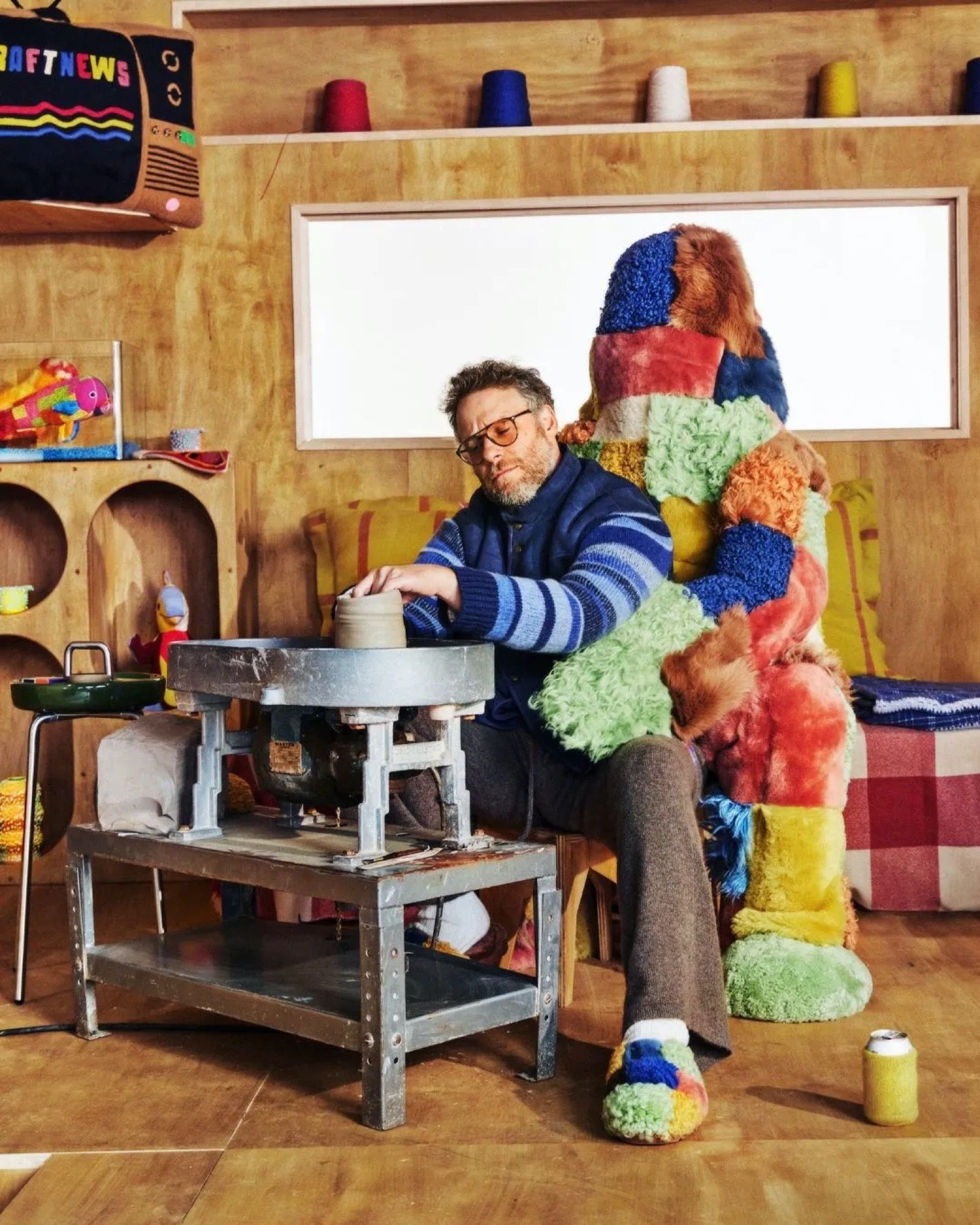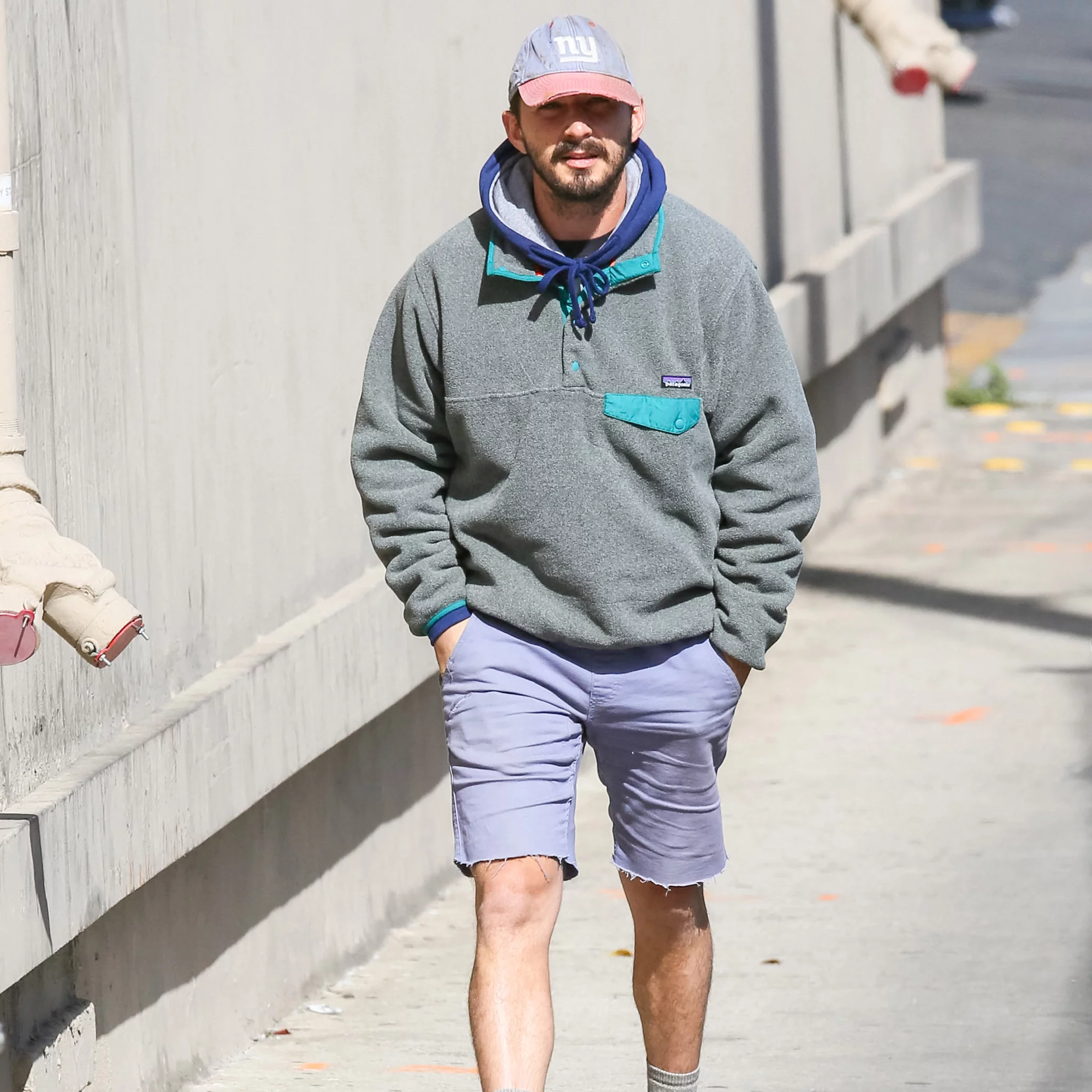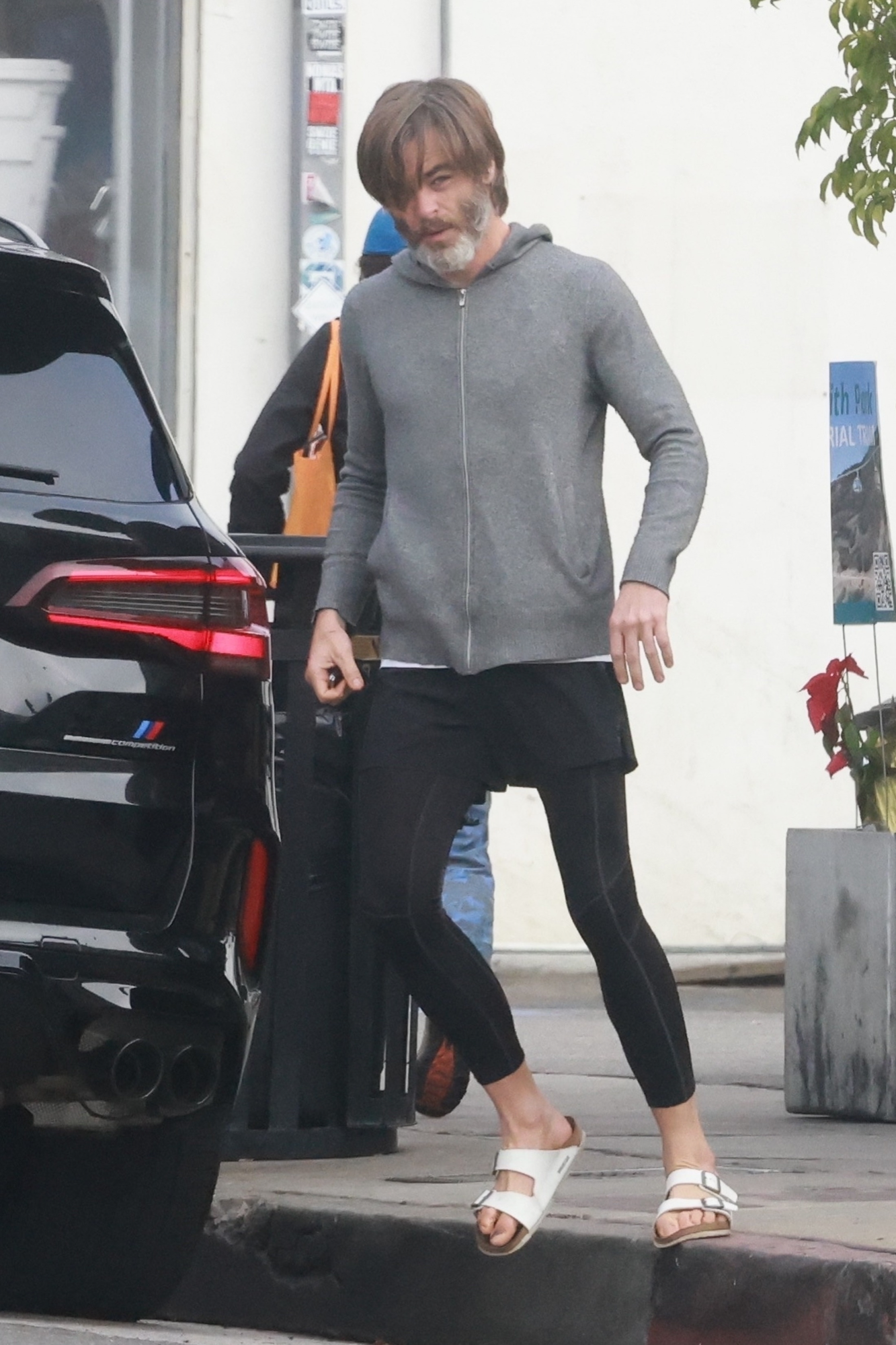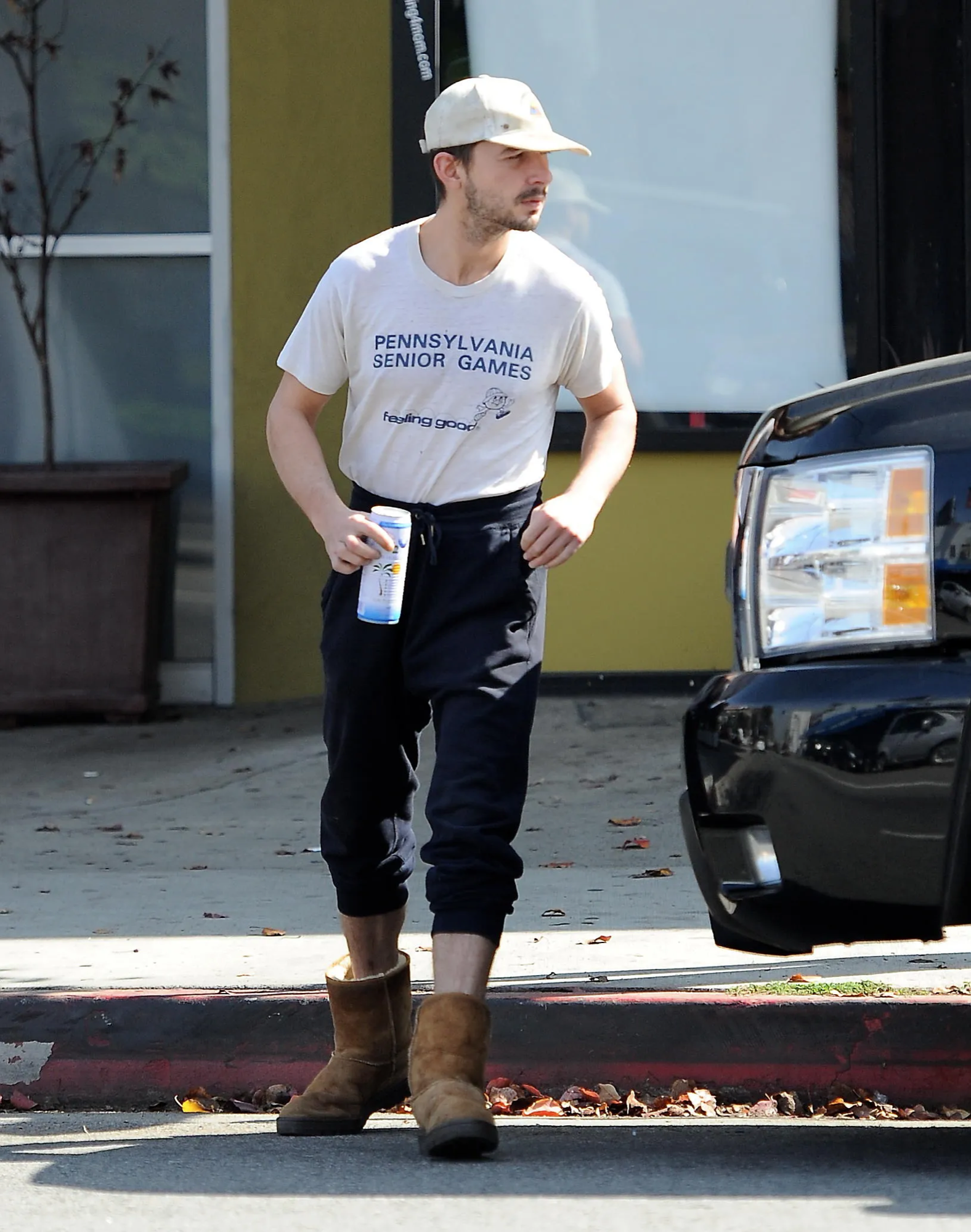
It's not a mess, it's a mindful mess The campaigns of UGG, Coach, and Gucci have experimented with the aesthetics of chaos
In the ever-changing macrocosm of fashion, each brand decides what value to communicate and how to emphasize its products. For instance, brands with ancient stories seek to captivate the attention of potential customers through storytelling about their heritage and meticulous artisanal processes that highlight the final quality of their items, from Hermès to Brunello Cucinelli, passing through Zegna. However, each brand has its own strategy, which inevitably, in most cases, reflects its own DNA. Yet, even in communication, there are trends, which is why several brands, regardless of their history, have ridden the wave of the disheveled aesthetic, celebrating the creative chaos that lurks behind the creation of a collection or a product. Some have even given a name to this phenomenon: mindful mess.
@dtstrends SPOTTED: Mindful Mess in the ad space #trends #aesthetic Lofi Vibes - Gentle State
Vibrant colors, patches, and patchwork: the most recent example of the spread of mindful mess into the mainstream is the campaign for the collaboration between UGG and The Elder Statesman, featuring Canadian actor and writer Seth Rogen. In the images, it seems like the collection's products, which are by no means low profile, want to take a back seat, even though they are, in fact, the protagonists of the storytelling, highlighting the creative process that led to their creation instead. The same applies to the Ed Hardy collection with Mason Newman: the campaign's shots favor the creative process over the final product. But in the end, it's the products that are put on the market for sale, so why would a brand try to obscure them? A storytelling-focused trend that puts the spotlight on the background, distancing itself from the so-called flex culture in which there's a risk of getting trapped. This exchange between the brand and its target audience reveals a newfound realness and authenticity, and the customer no longer buys the product but the story behind it.
In short, displaying the more "human," transparent, and unfiltered aspect, as opposed to a more artificial one, seems to be the winning move for brands, a strategy already used by creators, influencers, or models - even in cinema - to simulate spontaneity despite product placements. But if UGG with Elder The Statesman and Ed Hardy were the latest visual testimonials of this phenomenon in institutional fashion, who initiated the trend? We need to go back a few months to understand when chaos began to be used as a communicative device in fashion. One of the early attempts was by Marc Jacobs through the Collectors Campaign project, which involved photographing the messy bedrooms of the most prominent HEAVEN collectors. Then it was Gucci's turn with the HA HA HA campaign, where the protagonist Harry Styles is portrayed with a pile of clothes in the background, intending to transparently and intentionally depict the artist's journey from scratch to becoming a menswear icon. Not to mention all those times when the chaotic street style of celebrities has served as inspiration for their fans - have you ever seen how Chris Pine goes grocery shopping? The next time someone scolds you for your mess, tell them it's just mindful mess













































